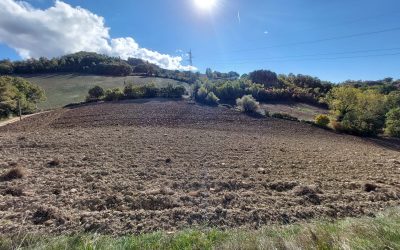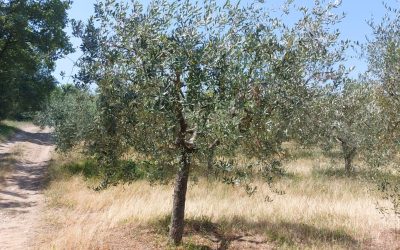In this article, we’ll clearly explain the differences between ancient and modern grains, highlight the benefits of cultivating these heritage varieties, and take you on a brief journey through their history. We’ll explore their origins and uncover why today they represent an appealing choice—even for younger generations.
Some of the best-known Italian ancient grains include:
- Senatore Cappelli
- Timilia (also known as Tumminia)
- Perciasacchi
- Maiorca
- Russello
Differences between ancient and modern grains
| Aspect | Ancient Grains | Modern Grains |
|---|---|---|
| Plant height | Taller (up to 180 cm) | Shorter (around 80-100 cm) |
| Productivity | Lower | Higher |
| Pesticide resistance | More delicate | More resistant |
| Gluten | Weaker and easier to digest | Stronger, ideal for industrial baking |
| Taste and aroma | Richer and more intense | More neutral |
The benefits of ancient grains
1. Health and Digestibility
Ancient grains contain weaker gluten, making them more digestible for many people. While they aren’t suitable for those with celiac disease, they’re often better tolerated by individuals sensitive to gluten.
2. Nutritional Value
They are rich in minerals like iron, zinc, and magnesium, and typically contain higher levels of proteins and antioxidants compared to modern grains.
3. Authentic Flavor
Flours made from ancient grains offer a more intense, aromatic, and rustic flavor. Pasta made from these flours retains aromas and tastes reminiscent of traditional artisanal processing.
4. Environmental Sustainability
These grains are cultivated using organic or low-impact methods, often in marginal areas, without intensive use of fertilizers and pesticides. This approach helps preserve biodiversity and soil health.
5. Local Economy and Tradition
Cultivating ancient grains promotes local agricultural culture and supports small-scale farmers who prioritize quality over quantity.
A Brief History
Before the advent of industrial agriculture, each region cultivated its own grain varieties, suited to the local climate, soil, and traditions. Ancient grains were thus integral to rural culture and heritage. With the rise of mechanization and food globalization, these traditional varieties were gradually abandoned as they were considered less profitable.
Today, driven by growing interest in healthier and more sustainable diets, many farms are rediscovering ancient grains, bringing them back to fields and to our tables.
Tradition has much to teach the future—even through a simple plate of pasta.


